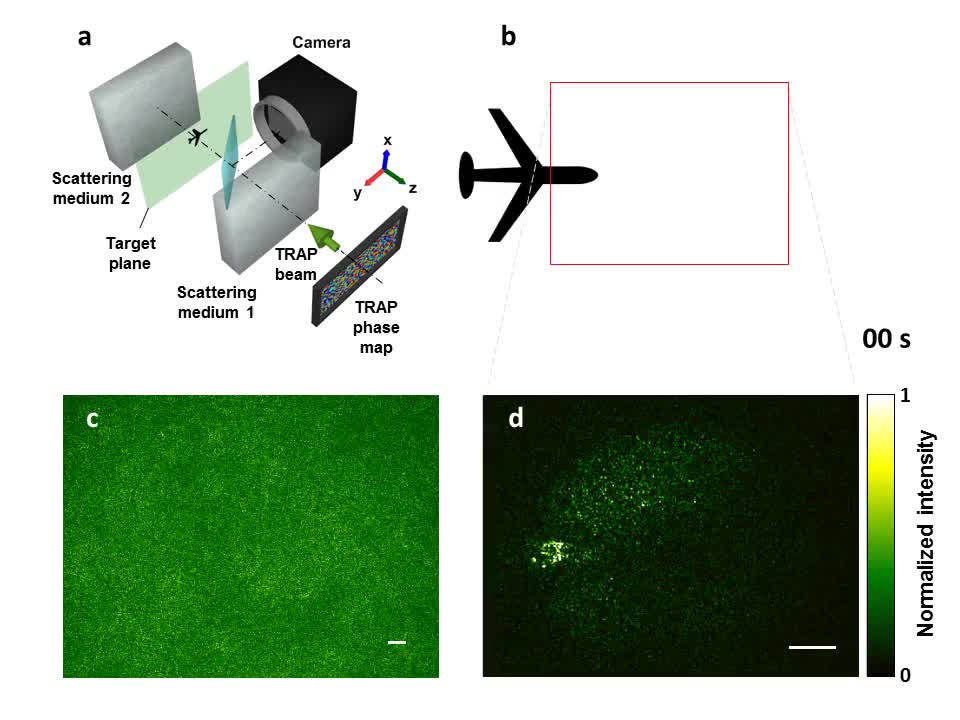Washington University professor Lihong Wang has developed a time-reversal technology that allows researchers to better focus light in tissue. The photo acoustic imaging combines light with acoustic waves to form a sharper image, several centimeters into the skin. Current high-resolution optical imaging technology allows researchers to see only 1 millimeter deep.
The time-reversed adapted-perturbation (TRAP) optical focusing sends guiding light into tissue to seek movement. The light that has traversed stationary tissue appears differently than light that has moved through something moving, such as blood. By taking two successive images, they can subtract the light through stationary tissue, retaining only the scattered light due to motion. The light is then sent back to its original source via a time-reversal process, which improves its focus.
